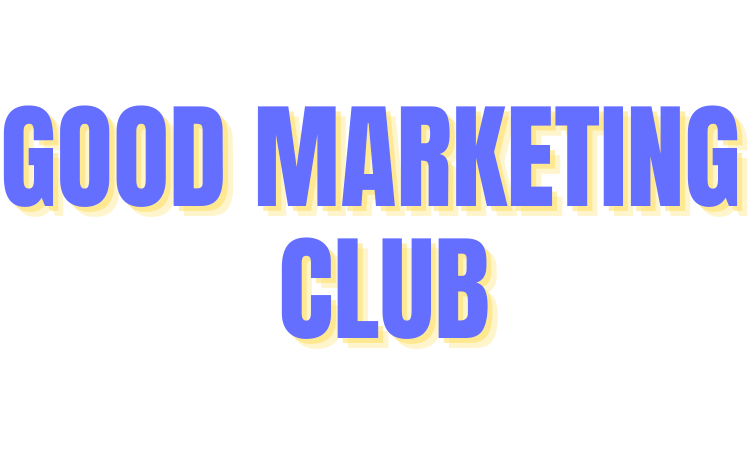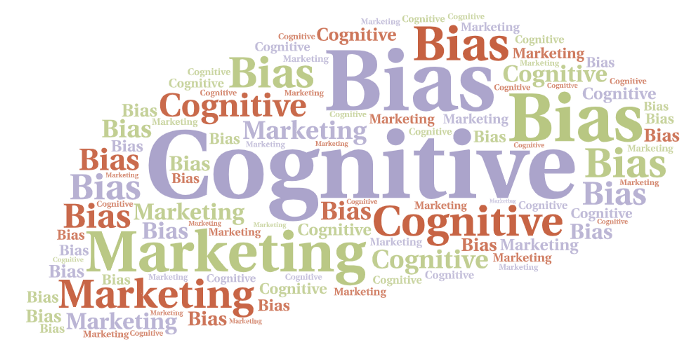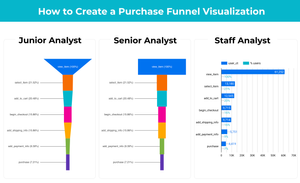Consumer psychology is the basis of everything marketers do. Our job is to influence people’s purchasing decisions — to make customers buy our products. This post is a cheatsheet with all the most common cognitive biases in customer decision-making, so that you can go through and use* these in your campaign or strategy to make it more intuitive for customers to buy.
You will get to know 7 of the most-used cognitive biases in marketing:
- The Scarcity effect
- The IKEA effect
- Confirmation Bias/Choice-supportive Bias
- Familiarity Bias
- Endowment Effect / Loss Aversion
- Reciprocity Bias
- Social Proof
*As with any generalized theory, if and how you should use each one is dependent on the specific context and situation.
The Scarcity Effect
Scarcity is probably one of the most instinctual biases. It means that people are more likely to choose an option that is scarce to avoid a loss.
For marketers, scarcity can be in the form of a shortage of supply, a limited time, or a unique opportunity¹. Customers are more likely to buy or take an action with these cues.



The “IKEA Effect”
The “IKEA effect” is a bias that leads people to “put a disproportionately high value on things they have invested effort in making”².
The name came from a series of studies³ partly based on observations of participants assembling IKEA storage boxes, which lead researchers to the finding that labor leads to increased love for products if it results in successful completion of tasks.
Many companies use the “IKEA Effect” in their purchase experience design in the form of customization — customers are more likely to buy the wine boxes and skincare formula they put together themselves because they value them more.

Confirmation Bias/Choice-Supportive Bias
“Marketing shouldn’t just be about getting people to make a decision to buy your product — it should also be about helping them feel good about their choice²”. Why? Because research indicates that when people feel confident about the way they’ve chosen, they will get more utility out of the products, more likely to repeat the purchase, and they will also feel good about the brand — the choice affirmation bias².
Additionally, when a decision feels good, people are more likely to share it, and social share helps to boost social proof (discussed below) to benefit your brand further.
Post-purchase choice validation is something that almost all B2B companies do, especially in subscription-based companies for successful renewals. Most products are designed in a way to have clear metrics that demonstrate product value to customers. B2B customer success teams specialize in making customers happy with their choices, so they will renew and buy more.
In B2C, the tactic is rarely seen in B2C post-purchase experience, even though a simple “You’ve made a great choice!” or “Other people are also loving this” kind of marketing messaging in post-purchase communication will immediately make customers feel good about their choices.
The most popular tactic I’ve found in B2C to remind customers of the contribution they’ve made to the charity the brand collaborates with. For example, before checkout, bookshop.org makes customers feel extra good about their choices by showing the contribution they’ve made to local bookstores.

Familiarity Bias
Familiarity is the foundation for two of the most-used heuristics in marketing:
- Availability heuristic: customers choose what comes to mind most easily — a no-brainer choice.
- The recognition heuristic: customers choose what they can recognize — why they choose that one brand of shampoo among all the others on the same shelf.
Familiarity makes us feel safe and good about our choice. It makes sense from the perspective of human evolution: if it is familiar then it has not eaten you yet⁴.
For marketers, this “mere-exposure” effect is what makes brand awareness campaigns important to make customers buy, especially for brands with undifferentiated products. That is also why many brands invested heavily in influencer marketing, just to get as many people to be familiar with their brand as possible.
A personal example related to this cognitive bias is that I am not familiar with any other insurance companies other than Geico and Liberty Mutual because of their always-on (but fun) commercials — so I only considered them when buying car insurance.
Endowment Effect / Loss Aversion
People like to gain stuff, but they really hate to lose it. That is loss aversion. Research shows that “losing something has twice the psychological impact of gaining something²”. Because of loss aversion, people tend to assign a higher value to things they own or even have touched compared to the identical things they do not have.
One thing marketers often miss is that pitching your product to customers by telling them what they might gain, or how different your product is, actually fail to address what they might lose by changing their existing behavior (more on this here); which means it works against their loss aversion bias.
Instead, marketers can leverage loss aversion/endowment effect by:
- framing marketing messages as “don’t miss out on these benefits” vs. “gain these benefits”
- free samples/free trial to get customers to touch and own your product
- make customers lose their set-ups/creations/cart-items if they don’t buy (need to be used cautiously depends on the case)

One last reminder, although it should go without saying, is that this works only when there really is something to lose for customers.
Reciprocity Effect
Reciprocity bias means that “in response to friendly actions, people are frequently much nicer and much more cooperative⁵”. It is a common social tendency for people to repay those who have provided a gift, a favor, or a concession.
Many marketers incorporate this cognitive bias in their strategy through the “give, give, and then take” approach. For example;
- by giving a free trial that one can cancel anytime
- by giving out free samples
- by educating prospects with free content before pitching to them in B2B.
With the endowment effect/loss aversion also at play, customers are more likely to engage and buy from companies that have given them something already.

Social Proof
Social proof is one of the most used cognitive biases in marketing — because it works so well — because people are naturally dubious about claims made by the company itself (conflict of interest), and need to see validations from other people or sources as proof of value of the products in order to buy. The behavior of others drives people to imitate that behavior.
Examples of social proof include:
- Customer reviews
- Certifications/awards
- Influencer marketing
- Celebrity approvals
- Show popularity by highlighting the # of subscribers
- Show popularity by highlighting # of customers and who the customers are
- Show popular products
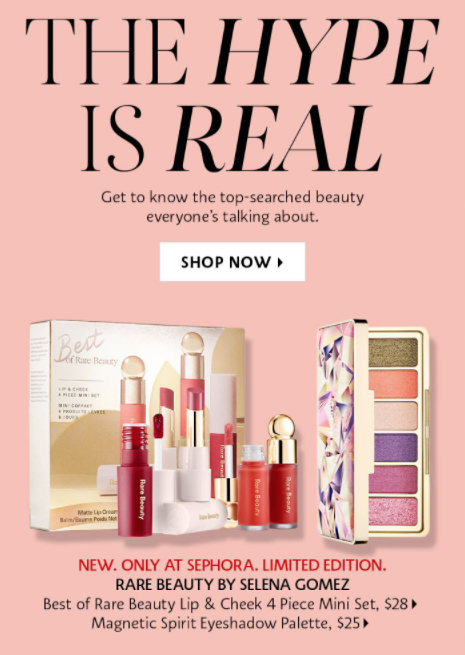

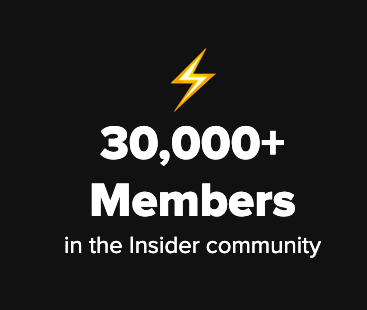
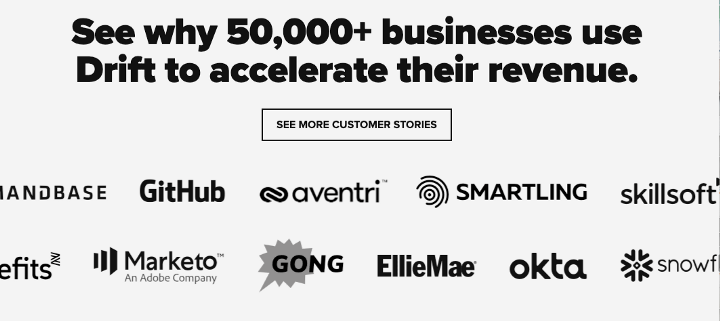

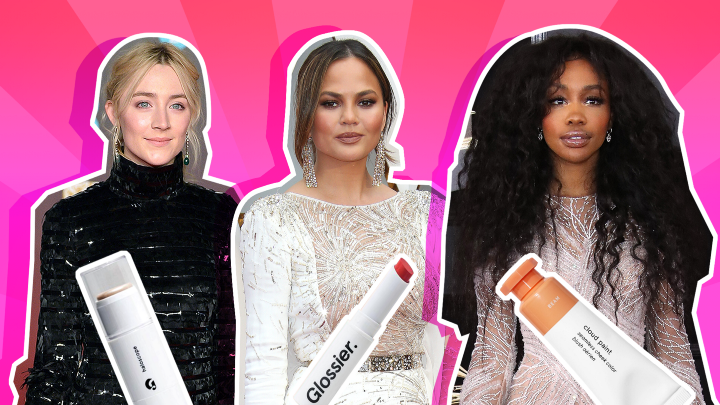
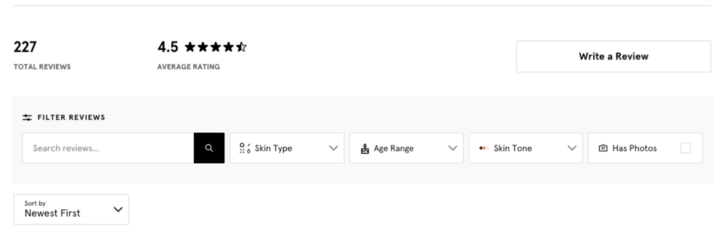
Although cognitive biases are powerful tools for marketers to use to influence customers’ decision-making, they should not be used for deception or to mislead customers. It’s not ethical and could do irrevocable damage to your brand’s reputation. Like in personal life, so much depends on the reputation, guard it with your life!
References
[2]: Matthew Willcox (2017) The Business of Choice - highly recommend
[3]: https://www.hbs.edu/faculty/Publication%20Files/11-091.pdf
[4]:https://en.wikipedia.org/wiki/Mere-exposure_effect
[5]:https://en.wikipedia.org/wiki/Reciprocity_(social_psychology)
